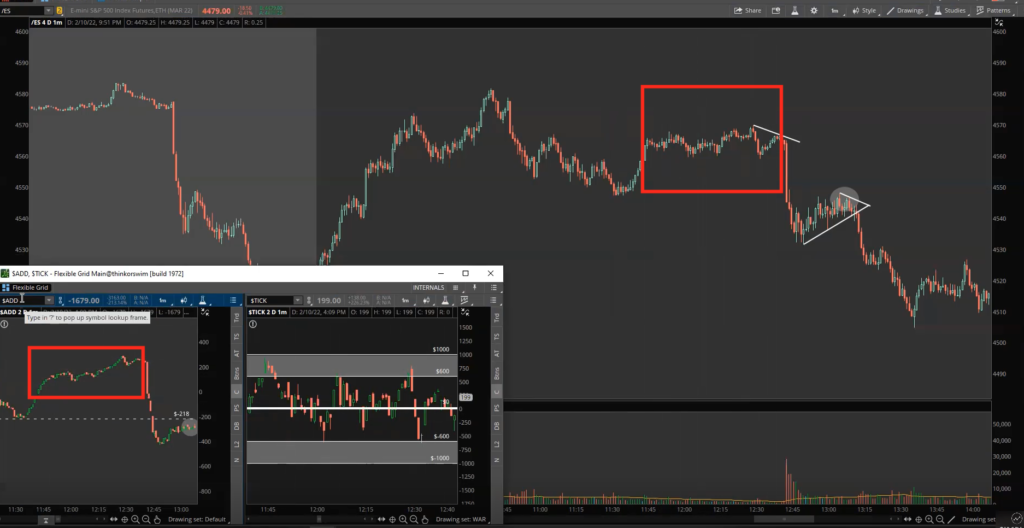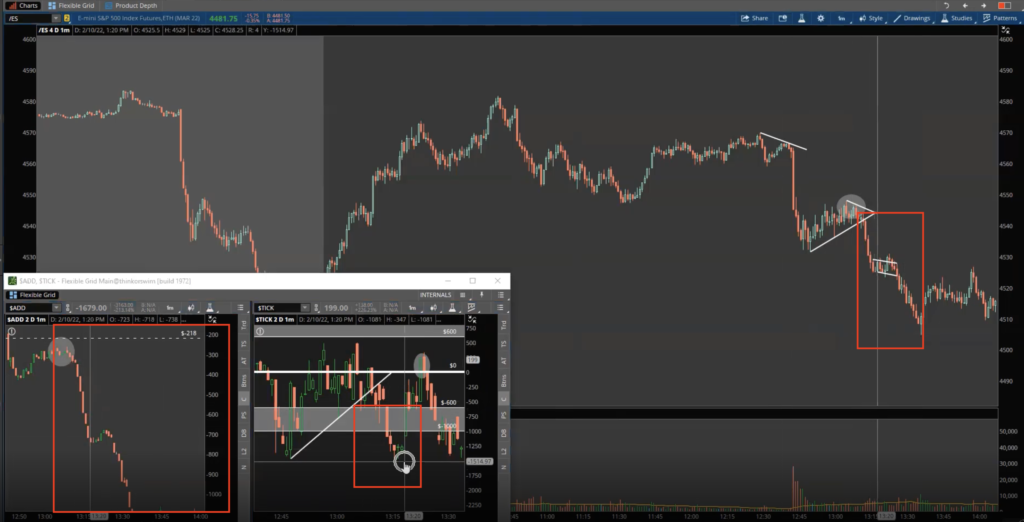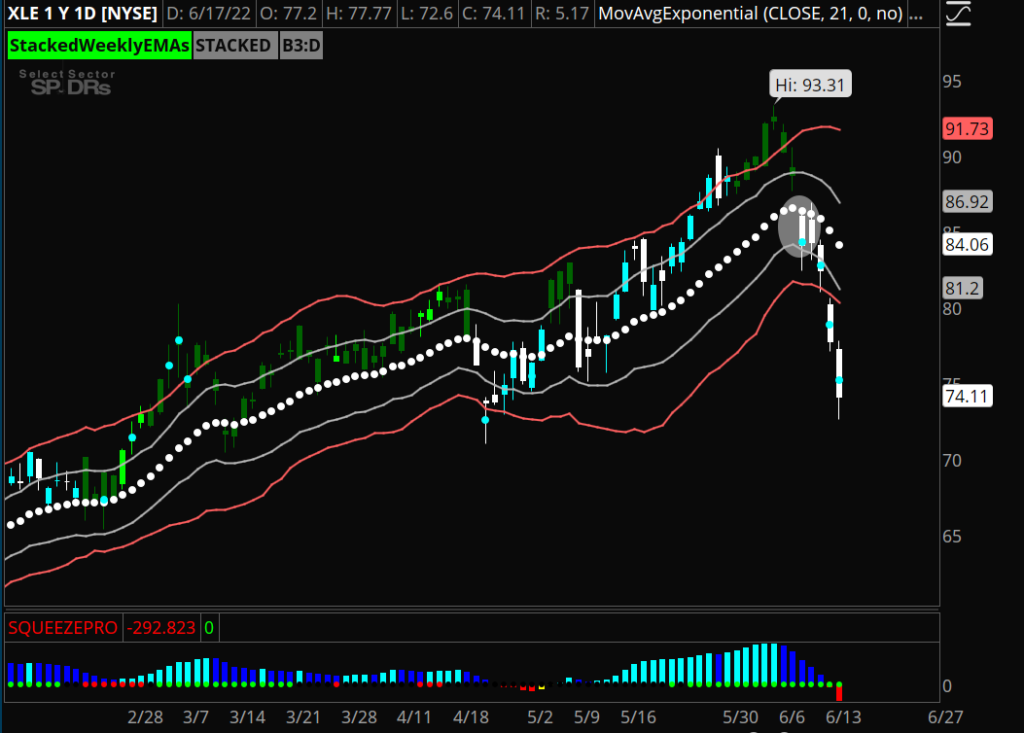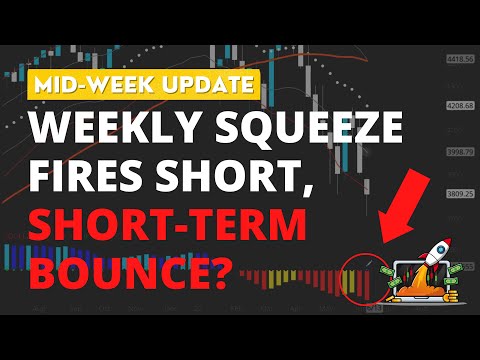The end of the second quarter is here. We want to focus on the rebalancing that can happen. As discussed earlier in the week, a nice roadmap has unfolded for us.
We started the week with a double top. The S&P 500 (/ES) broke under our major zone, leading us back below the mean at $3,880. This led the /ES toward the structure from our prior low of the year at $3,807.50.
There was consolidation heading into Thursday’s session. The /ES had a gap down after-hours, bringing the /ES back to point of control (POC) at $3,774. The /ES popped back to the low of the year at $3,855.
Thursday, June 30th marks the last day of the quarter and also rebalancing. This could be part of the reason for the /ES pop on Thursday.
The /ES is under the daily 21 exponential moving average (EMA) and a big structure. If the market pops after rebalancing but doesn’t break above this structure, there’s a lot of work left to do.
If the S&P 500 (/ES) struggles to get above $3,800, look for it to head back to POC, the low of the year, and our next key level of $3,720. If the /ES holds $3,800, see if it can hit the top of our zone at $3,855.
We’ll also continue to observe structure for a potential double top.
In the video above, we’ll break down where the market could head after rebalancing, define key zones in the Volatility Index (VIX), break down the structure of the S&P 500 (/ES), and review our focused list setups on NVDA and AAPL.
Stay Focused!

